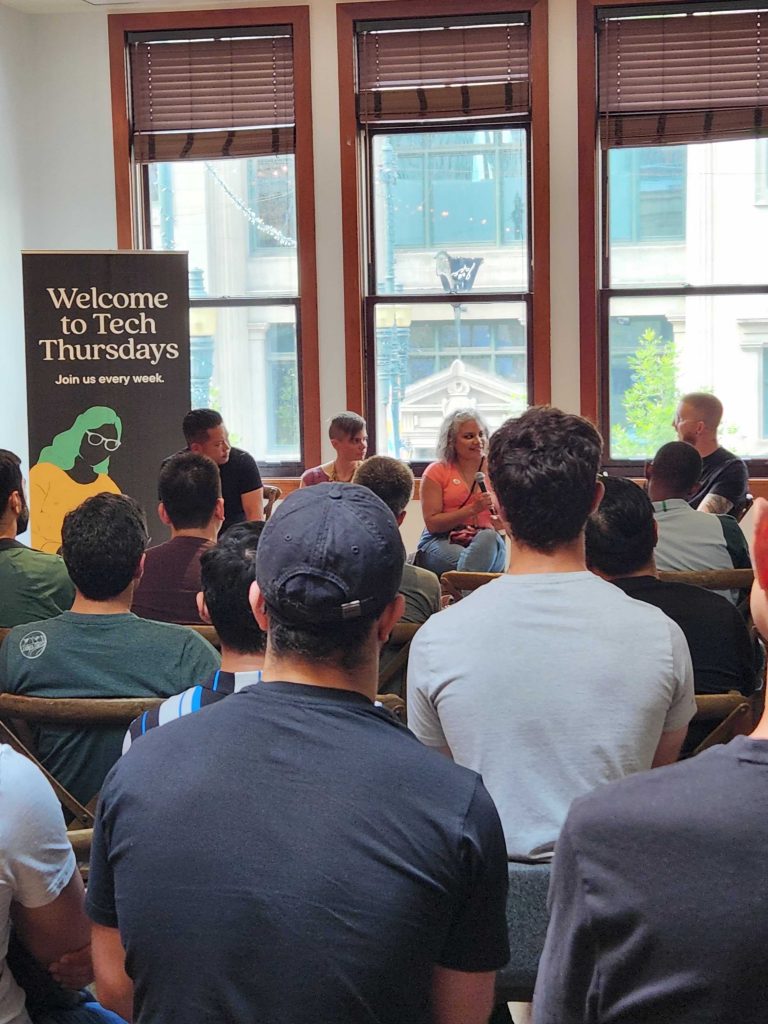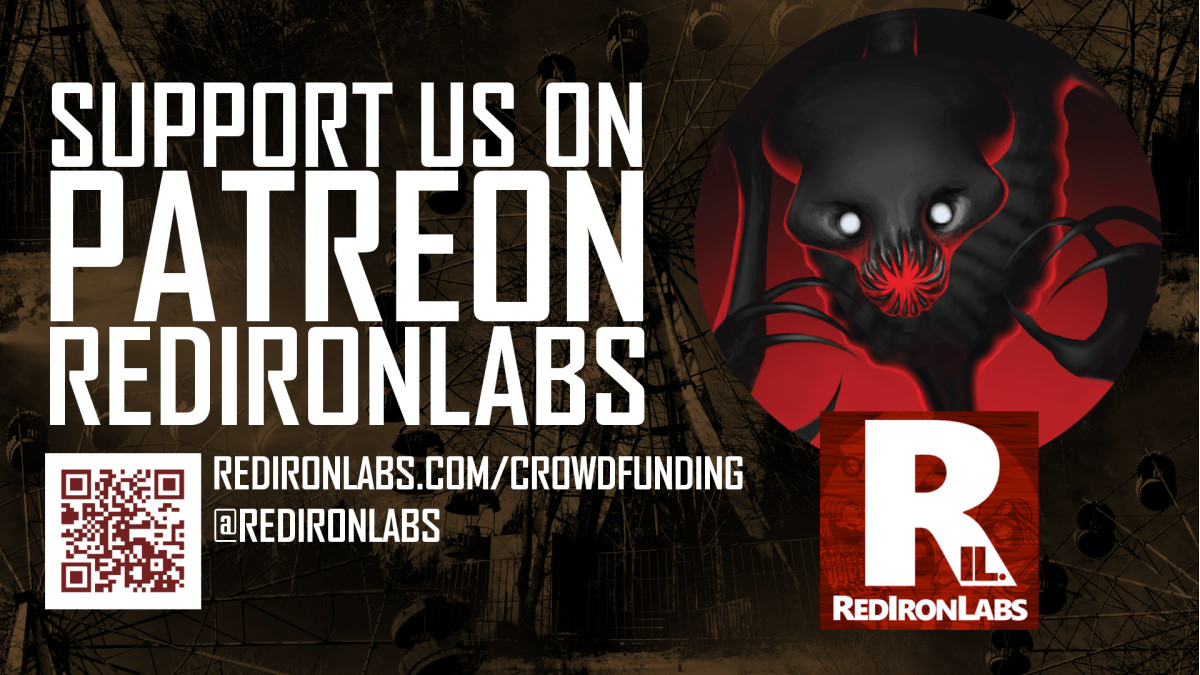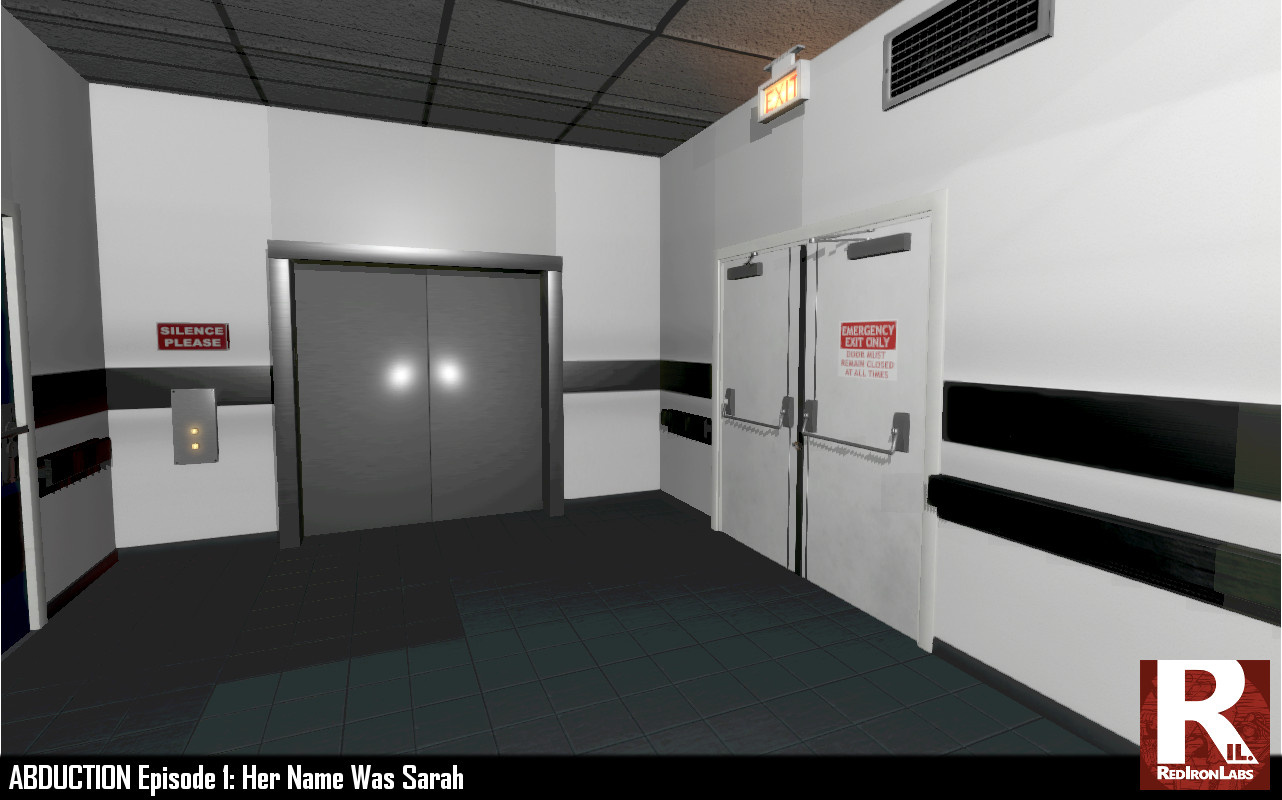I had the chance to participate in a panel discussion, a weekly talk series by Calgary Tech Thursday. This week’s topic: the future of extended realities.
I don’t often get asked to participate in a panel. So when Philippe asked to discuss extended realities, I recommended Lloyd, Red Iron’s other co-founder who has that special gift of a highly technical aptitude with the ability to connect with people. Typically, I explore themes on culture, technology, and identity— not from a place of technical knowledge, or knowledge for that matter, I retorted. “Personally, I think you’d be great”, he replied. 😊 Thanks for believing in me.

Topic of the night was Future Realities. I was pretty excited to participate in this one alongside Tim Wong and Dr. Louise Edwards, who I really admire—her journey into VR development and her work in Found in the Fjords. You really should check her out.
The event was held at the Garret, which I had never been to or heard of before last night. Its “open concept kitchen” aesthetic is very impressive and contemporary. Simply put, the place is beautiful. And the music that permeated the stairs into the venue created energetic anticipation for the guests and speakers awaiting an otherwise typical panel discussion. I was surprisingly calm.
I have to say that the night was really interesting. Included on the panel was Dr. Louise Edwards (Learning Consultant & VR Developer) and Tim Wong (Sr. Manager, Real-time 3D Solutions Strategy & Account Management at Unity). The conversation was moderated by Jake Janosik, Head of Design at Neo Financial.
Here are some of my thoughts about “Future Realities” based on questions we were asked to reflect on before the event.
What are the current use cases that you’re seeing adoption for?
Two key areas I see are for connection and engagement.
Connection through building communities in mass multi-player environments in games of course. But also in education platforms.
We worked with a post-secondary in Louisiana to build a virtual reality laboratory that enables an entire class to be present together. This virtual lab also ties in really well with the engagement piece. That is, keeping the students engaged in the hands-on learning. This is a powerful advantage of VR in skills-based training.
When building in VR, how important is it to consider a social element?
Yes, the social element is important. Absolutely. We build our games under the premise of social space for community, communication, and connection.
I was thinking about the conversation we had the Monday before the panel. At that time I was adamant about my stance: we are social beings, so we need sociality. We must bring community, communication and connection into the cold and inanimate technology.
But something Dr. Edwards said on the call got me to rethink.
Found in the Fjords is a single-user experience; however, its narrative focus is incredibly meaningful which creates a sense of community and connection.
In the natural world, we experience moments in social environments and in isolation. Virtual Reality is that medium that can leverage both single and multi-player experiences that is meaningful across user needs.
Aside from social, are there other unique considerations to developing in VR vs. a computer game?
I believe that experimentation is an important consideration in developing VR games and experiences.
I saw a picture on LinkedIn the other day that was criticizing people in a park with VR headsets—“this is not the future” and “live in the moment and enjoy the trees” comments said.
Now, I don’t know the real context behind that picture. But I find it interesting that they — whomever’s picture that was— are starting with some type of hypothesis and trying something. Was it a good idea? I mean maybe, maybe not— but there is an opportunity that those folx will now assess and refine what they can do next time. And then refine it after that, and then after that. That’s what I like to think.
Building the next game changer in our culture and industry means being controversial.
Me, personally, I would LOOOOOOVE to see how VR integrates with live sporting events.
That seems controversial when presenting the idea to sports enthusiasts who assert you can’t replace the experience of physically being at the live event. I won’t argue that.
But I envision this way to view and experience the game from the player’s point of view and feel like you’re in the game. That is my starting point, my almost hypothesis. Where it goes from there is the fun— the life— of being a part of these earlier days of VR.
What does the launch of new products like the Meta’s Quest 3 or Apple’s Vision Pros mean for the future of AR / VR?
Apple came through with it’s cultural influence. I’m not talking about the technology, but the language used. Calling it a “3D camera” in the “era of spacial computing” it “blends digital content with your physical space”. In studying the language used, I wonder the impact it will have in how augmented reality is described from here and beyond. Redefining language, and moving away from the technology terms, is a step towards mass adoption.
The role that these mega players have in influencing the masses to adopt VAXM realities (see what I did there? Let’s make fetch happen) is important. Their access to resources make the industry more reachable.
This is how it is:
Mainstream shifts are like the Claw Machines you see at arcades and at Denny’s.
The lower half is populated by change—grassroots movements, sub-cultures, etc. that exist and navigate at the ground level. Mass influencers observe from above and select what will be brought into the mainstream.
In the early/mid 90’s, the Music Industry was a mass influencer in culture and saw the opportunity in the rock music scene coming out of Seattle. That scene bred the grunge esthetic that influenced music, fashion, and an overall attitude synonymous with the 90s.
Today, Apple and Meta are those influencers. So the potential of what augmented and virtual realities will be will most likely be born out of the vision and work of people like you and me.
Here’s the closer.
It’s hard for me to gauge how many people were in attendance last night, maybe around 75. That is an incredible turnout.
I also plugged Muffin Fight as the best 3 minute experience on VR. It legit is, take my word and buy it now 🤓.
The audience was very engaged on the topic. There was good vibe in the relaxed networking parts of the evening—a turning point, I think, in the post-covid revitalization in tech culture we seem to be cultivating in Calgary.
And I would like to thank Philippe for setting this up and asking me to be a part of the panel. I felt very included and when I requested the shorter, non-stool chairs, he without hesitation ensured that I was accommodated. Sorry for being a diva.
Calgary Tech events run on Thursdays and I very much look forward to attending their future events having a good time and learning a lot about what’s going on in our city.
Edit: I’m curious to know- how would you have answered differently? On our Discord server, Go to Culture > Future of Extended Realities to start the convo with me!




